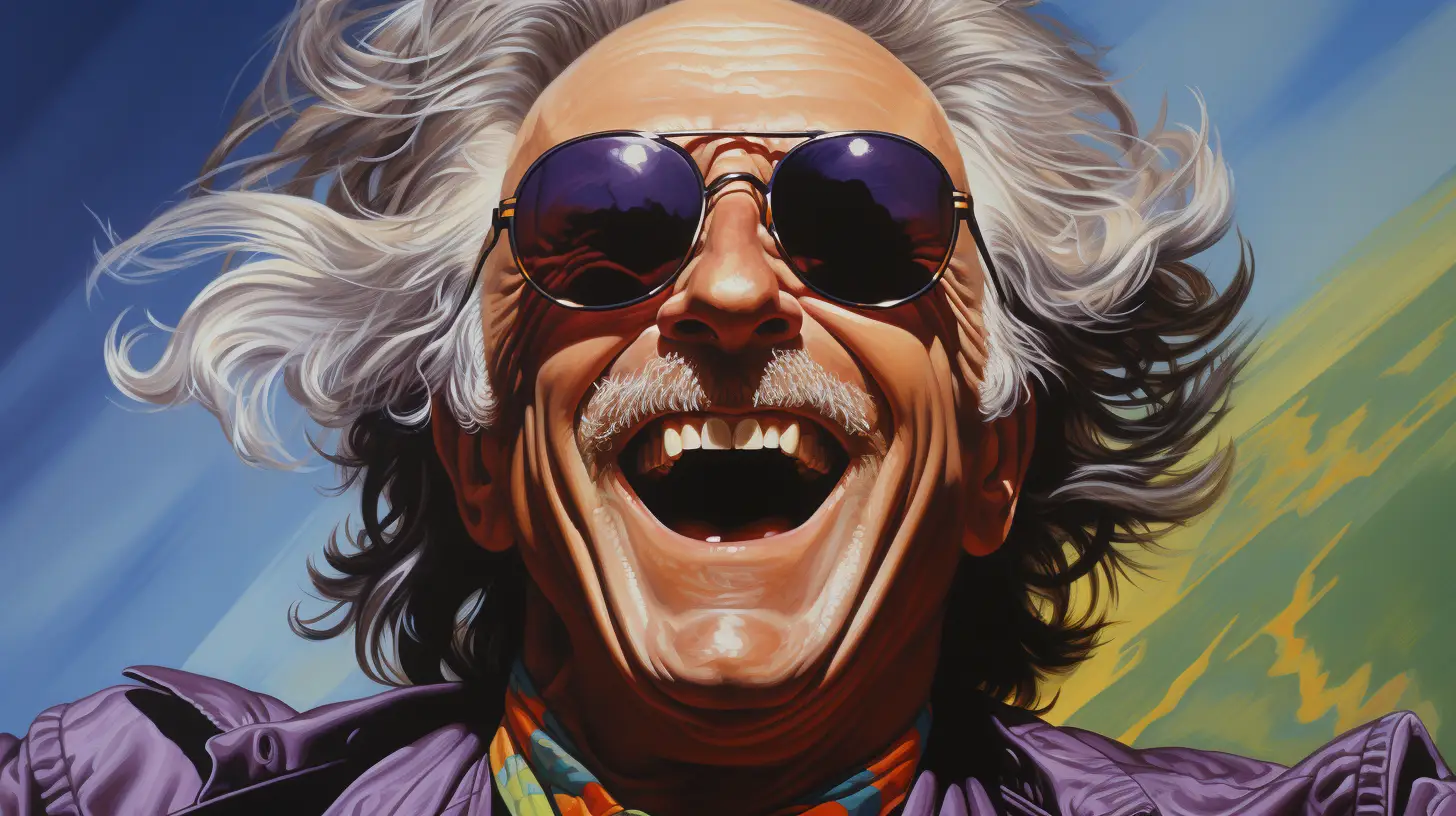
The Evolution of TV Marketing Campaigns in the Digital Age
TV marketing campaigns used to be the golden ticket to reach the masses, but we all know the scene has changed dramatically. Gone are the days when a catchy jingle and a silver screen moment were enough to command attention. Viewer habits have splintered into a million niches, thanks to digital evolution. But here's the catch: understanding how to navigate this fragmented marketplace could set you apart in the cutthroat world of advertising.
As we stroll through this journey of change, it's key to grasp how these changes result not only the brands and advertisers but also the viewers themselves.
Historical Context of TV Marketing Campaigns
Evolution of TV Advertising
It's astonishing to think that the first TV commercial aired in 1941, promoting Bulova watches. Since then, the scene has grown from simple jingles promoting everyday products to elaborate storytelling that feels as compelling as the shows themselves. Twists and turns in TV marketing reflect societal changes think about how the rise of cable TV and reality shows expanded ad strategies. DVRs, binge watching, and even YouTube stars have remodeled how we think about advertising. The main takeaway? Adaptation is essential, and understanding the roots gives marketers a fighting chance.
Shifts in Target Demographics
Let's talk about demographics because this isn't just about who, it's about how they watch. Remember when everyone and their dog tuned in to the same prime time shows? That's as outdated as dial up internet. With diverse programming catering to niche interests, brands must now be laser focused. From Gen Z's TikTok habits to Boomers reminiscing over game shows, understanding these shifts isn't an afterthought it's the new norm. Advertisers need to adjust their lenses, considering cultural trends as markers for an continuously developing audience.
Factors Driving Change in TV Marketing
The Rise of Digital Media
Anyone still living under the rock of traditional TV needs an update. Streaming services like Netflix and Hulu have changed away from sitting through ads to having the privilege of choosing what to watch. This leads to the pressing question: how do you engage an audience that's streaming instead of sitting in front of the tube? The answer lies in multi platform strategies. Brands can't just throw spaghetti at the wall and see what sticks, they need an omnichannel approach that meets viewers where they are on their terms.
Data Driven Marketing Analytics
Think of data driven marketing as the GPS to navigating viewer preferences. Analytics unveil patterns in who's watching what and when, leading to more informed strategies. Consider the campaign for a new superhero movie by analyzing digital viewership habits, it becomes clearer what age group is most engaged, what platforms are driving traffic, and when to roll out promotions. The result? A more tailored, effective approach. A case in point is how brands like Nike harness data to fine tune their messaging, resulting in high engagement and conversions.
Social Media Cooperation
Remember that moment when a TV series became a cultural phenomenon overnight, thanks to social media? Exactly. Integrating social media into TV marketing is no longer optional. Brands can build a community around their programming. Take the “Stranger Things” marketing blitz as an example. The show used social media not just to advocate for the launches but to create an interactive experience that captivated its audience. That kind of buzz doesn't just create viewers, it builds fandom a brand's secret weapon.
Building Effective TV Marketing Campaigns
Identifying and Understanding Your Audience
The first step in creating a campaign has to be understanding your audience. Tools like Facebook Audience Insights or Google Analytics act like magnifying glasses, zeroing in on viewer segments. By creating targeted content aligned with specific interests and behaviors, brands can improve engagement rates. Think about it: a millennial focused campaign will look different than one aimed at retirees. This subtle understanding makes for a more meaningful connection with viewers.
Creative Content Strategies
Ever watch a commercial and think, “Wow, that made me feel something”? That's the result of effective storytelling. It's not all flash and glam, though, storytelling means tapping into an emotional response. Celebrity partnerships, done right, can boost a campaign exponentially. For instance, when a major film collaborated with an influencer on Instagram, both audiences were reached in a genuine way. This is fundamental clout only counts when it resonates with your target market.
Timing and Placement
Speaking of timing, when you air your ads matters just as much if not more than what you're airing. A fantastic ad for a new video game during a primetime family show? That's a miss. Use viewer analytics to pinpoint peak times, and don't shy away from cross promotion. If your product is tied to a TV series or sporting event, aligning your ads can lead to real time engagement and enhanced reach.
Integration of Traditional and Digital Marketing
The Convergence of TV and Digital Advertising
Look at how brands are blending traditional TV with digital strategies. Consider how an automotive company might release a powerful TV spot, simultaneously rolling out social media campaigns that extend the story and invite audience participation. Bridging the two forms not only strengthens brand messaging but also creates a more wholesome viewer experience, enhancing brand recall.
Measuring Success: KPIs and Metrics
Measuring campaign success isn't just about impressions anymore, it's about solid metrics that tell a full story. Reach, engagement, conversion rates these are just the tip of the iceberg. Brands like Coca Cola have mastered the art of tracking and continuously improving based on what works and what doesn't. They demonstrate how ROI in the digital age is not a static figure but a essential value that grows with each campaign.
Emerging Trends in TV Marketing Campaigns
The Influence of AI and Automation
Artificial Intelligence is no longer the stuff of sci fi, it's an essential player in modern advertising. AI can analyze viewer data at an extraordinary speed and accuracy, allowing brands to anticipate what their audience wants. Plus, it helps automate the boring bits, such as media buys. Imagine a world where AI creates targeted ads based on viewing habits this isn't far from where we're heading.
Interactive and Immersive Advertising
When was the last time you watched an ad and thought it was fun? Welcome to interactive and immersive advertising where traditional boundaries blur. Raised reality (AR) offers a way for brands to engage audiences unlike ever before. Just look at how Taco Bell's AR campaign brought users into the universe of their recent commercials, giving them an experience rather than just a pitch. That's where the magic happens.
Sustainability in TV Marketing
These days, consumers are increasingly eco conscious and expect brands to lead the charge in sustainability. This isn't just a trend, it's a lifestyle. Brands like Patagonia shine in this area, developing campaigns around environmental responsibility that relate deeply with audiences. When brands make sustainability a priority, it doesn't just speak volumes, it elevates their brand value.
Challenges and Considerations
Navigating Regulatory Changes
Let's get one thing straight: the advertising scene isn't a wild west, it's governed by increasing regulations. As marketers, keeping an eye on compliance in advertising laws is essential. Navigating these changes can feel like walking through a minefield, but a proactive approach ensures that campaigns stay relevant and legally sound.
Ad Fatigue and Audience Engagement
Ad fatigue is real, and if you think your audience isn't feeling it, think again. With so many ads bombarding viewers 24/7, maintaining engagement becomes necessary. Employing pioneering formats, fresh narratives, and interactive elements can help combat burnout. Dealing with authenticity in advertising will forge the needed connections with your audience to keep them coming back.
Conclusion
TV marketing campaigns are not just relics of the past, they are continuously evolving, shaped by technology, audience expectations, and social influences. Going forward, the possibilities seem limitless. How will the next big advancements redefine this space? Are traditional methods nearing their end, or will they find their rhythm in a hybrid existence with modern marketing?
Stay tuned, as the world of advertising is only getting more fascinating!

